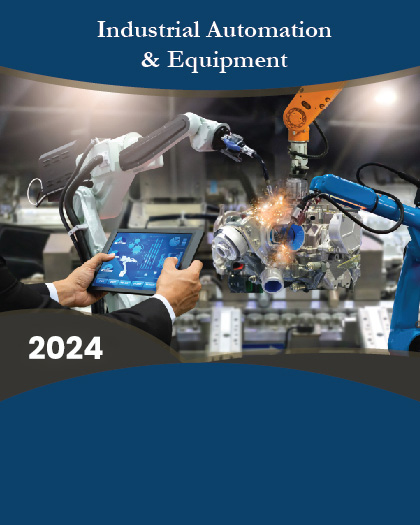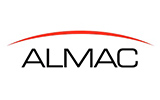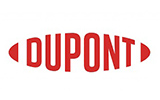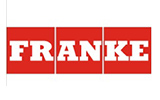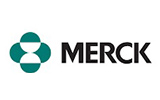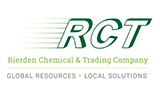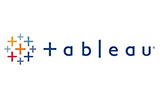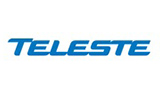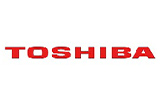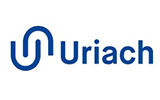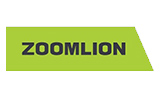Table of Contents
Chapter 1. Global CAM Software Market Executive Summary
1.1. Global CAM Software Market Size & Forecast (2025-2033)
1.2. Regional Summary
1.3. Segmental Summary
1.3.1. By Application
1.3.2. By Product Design & Prototyping and Quality Control & Inspection
1.4. Key Trends
1.5. Recession Impact
1.6. Analyst Recommendation & Conclusion
Chapter 2. Global CAM Software Market Definition and Research Assumptions
2.1. Research Objective
2.2. Market Definition
2.3. Research Assumptions
2.3.1. Inclusion & Exclusion
2.3.2. Limitations
2.3.3. Supply Side Analysis
2.3.3.1. Availability
2.3.3.2. Infrastructure
2.3.3.3. Regulatory Environment
2.3.3.4. Market Competition
2.3.3.5. Economic Viability (Consumer's Perspective)
2.3.4. Demand Side Analysis
2.3.4.1. Regulatory Frameworks
2.3.4.2. Technological Advancements
2.3.4.3. Environmental Considerations
2.3.4.4. Consumer Awareness & Acceptance
2.4. Estimation Methodology
2.5. Years Considered for the Study
2.6. Currency Conversion Rates
Chapter 3. Global CAM Software Market Dynamics
3.1. Market Drivers
3.1.1. Escalating Demand for Automation in Manufacturing
3.1.2. Integration of AI-Driven and Cloud-Based Solutions
3.1.3. Rise in Industry 4.0 Adoption
3.2. Market Challenges
3.2.1. High Cost of Implementation and Software Integration
3.2.2. Steep Learning Curve and Skill Gaps
3.3. Market Opportunities
3.3.1. Expansion into Emerging Economies
3.3.2. Digital Transformation and Smart Manufacturing Initiatives
3.3.3. Advancements in 3D Printing and Additive Manufacturing Integration
Chapter 4. Global CAM Software Market Industry Analysis
4.1. Porter's 5 Force Model
4.1.1. Bargaining Power of Suppliers
4.1.2. Bargaining Power of Buyers
4.1.3. Threat of New Entrants
4.1.4. Threat of Substitutes
4.1.5. Competitive Rivalry
4.1.6. Futuristic Approach to Porter's 5 Force Model
4.1.7. Porter's 5 Force Impact Analysis
4.2. PESTEL Analysis
4.2.1. Political
4.2.2. Economical
4.2.3. Social
4.2.4. Technological
4.2.5. Environmental
4.2.6. Legal
4.3. Top Investment Opportunity
4.4. Top Winning Strategies
4.5. Disruptive Trends
4.6. Industry Expert Perspective
4.7. Analyst Recommendation & Conclusion
Chapter 5. Global CAM Software Market Size & Forecasts by Application (2025-2033)
5.1. Segment Dashboard
5.2. Global CAM Software Market: Application Revenue Trend Analysis, 2022 & 2032 (USD Million/Billion)
5.2.1. Machining & Production
5.2.1.1. CNC Machining
5.2.1.2. Sheet Metal Fabrication
5.2.2. Product Design & Prototyping
5.2.2.1. Additive/3D Printing
5.2.2.2. Tool & Die Manufacturing
5.2.3. Quality Control & Inspection
5.2.3.1. Others
Chapter 6. Global CAM Software Market Size & Forecasts by Product Design & Prototyping and Quality Control & Inspection (2025-2033)
6.1. Segment Dashboard
6.2. Global CAM Software Market: Product Design & Prototyping and Quality Control & Inspection Revenue Trend Analysis, 2022 & 2032 (USD Million/Billion)
Chapter 7. Global CAM Software Market Size & Forecasts by Region (2025-2033)
7.1. North America Market
7.1.1. U.S. Market
7.1.1.1. Application Breakdown Size & Forecasts, 2025-2033
7.1.2. Canada Market
7.2. Europe Market
7.2.1. U.K. Market
7.2.2. Germany Market
7.2.3. France Market
7.2.4. Spain Market
7.2.5. Italy Market
7.2.6. Rest of Europe Market
7.3. Asia-Pacific Market
7.3.1. China Market
7.3.2. India Market
7.3.3. Japan Market
7.3.4. Australia Market
7.3.5. South Korea Market
7.3.6. Rest of Asia-Pacific Market
7.4. Latin America Market
7.4.1. Brazil Market
7.4.2. Mexico Market
7.4.3. Rest of Latin America Market
7.5. Middle East & Africa Market
7.5.1. Saudi Arabia Market
7.5.2. South Africa Market
7.5.3. Rest of Middle East & Africa Market
Chapter 8. Competitive Intelligence
8.1. Key Company SWOT Analysis
8.1.1. Autodesk, Inc.
8.1.2. Dassault Systemes
8.1.3. Siemens Digital Industries Software
8.2. Top Market Strategies
8.3. Company Profiles
8.3.1. Autodesk, Inc.
8.3.1.1. Key Information
8.3.1.2. Overview
8.3.1.3. Financial (Subject to Data Availability)
8.3.1.4. Product Summary
8.3.1.5. Market Strategies
8.3.2. Dassault Systemes
8.3.3. Siemens Digital Industries Software
8.3.4. Hexagon AB
8.3.5. Mastercam (CNC Software, LLC)
8.3.6. PTC, Inc.
8.3.7. SolidCAM Ltd.
8.3.8. Open Mind Technologies AG
8.3.9. Tebis Technische Informationssysteme AG
8.3.10. DP Technology Corp.
8.3.11. Edgecam (Hexagon Manufacturing Intelligence)
8.3.12. Cimatron Group
8.3.13. Esprit (DP Technology)
8.3.14. GibbsCAM
8.3.15. Missler Software
Chapter 9. Research Process
9.1. Research Process
9.1.1. Data Mining
9.1.2. Analysis
9.1.3. Market Estimation
9.1.4. Validation
9.1.5. Publishing
9.2. Research Attributes

